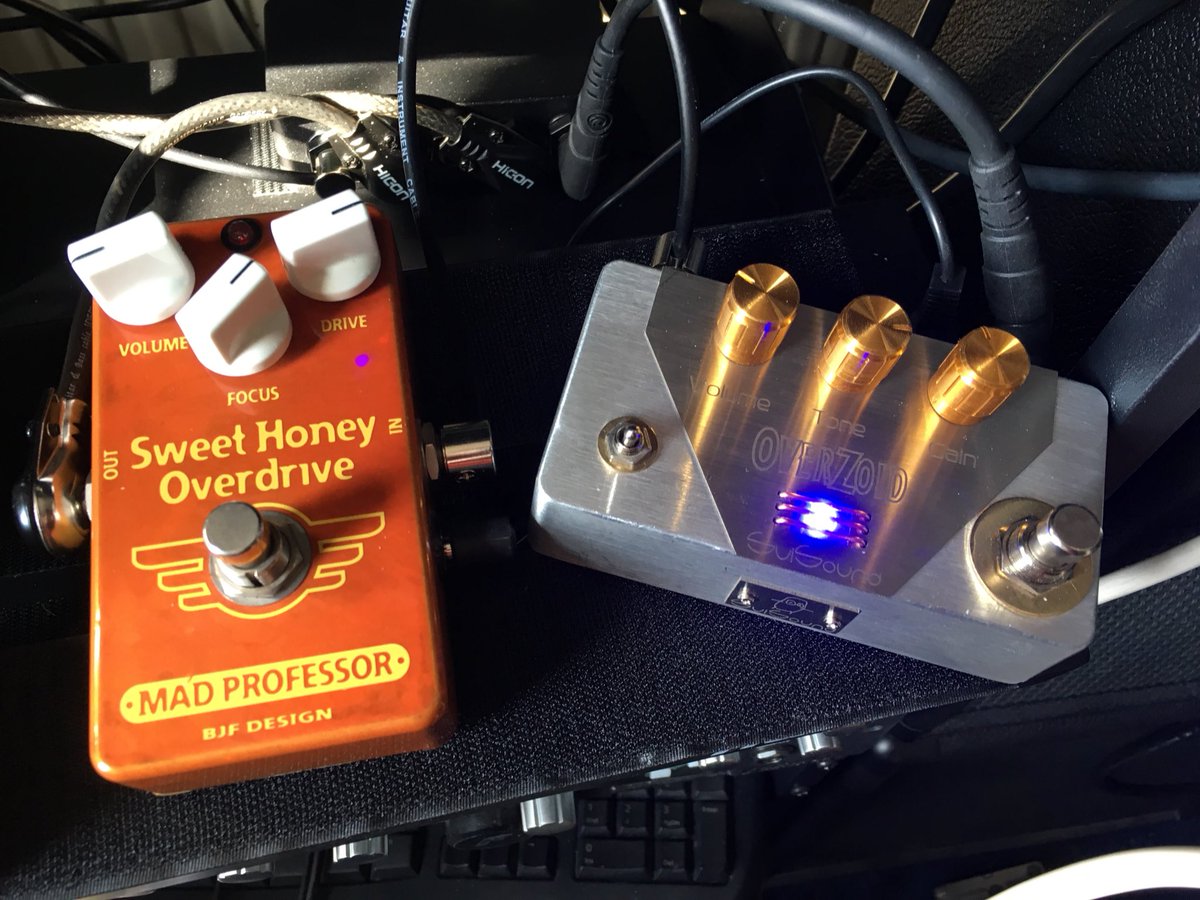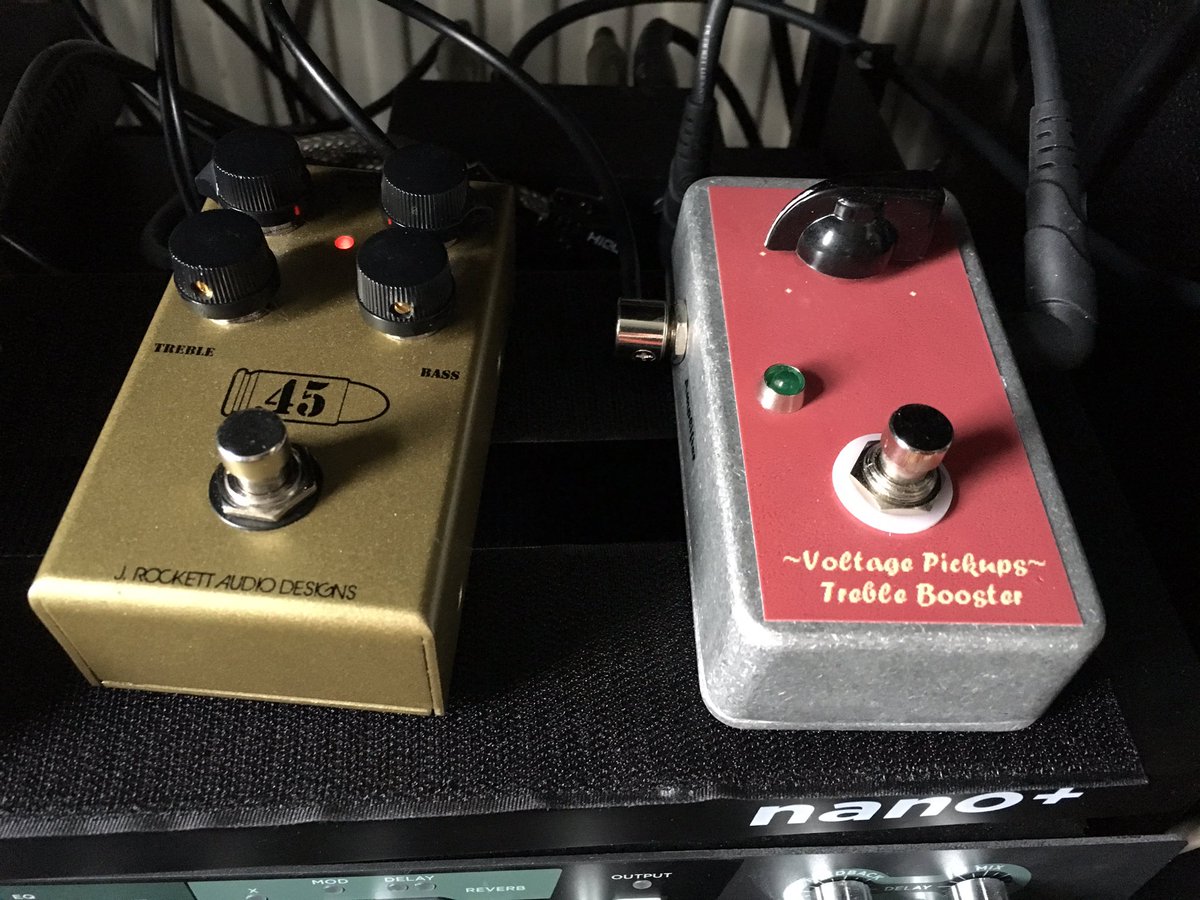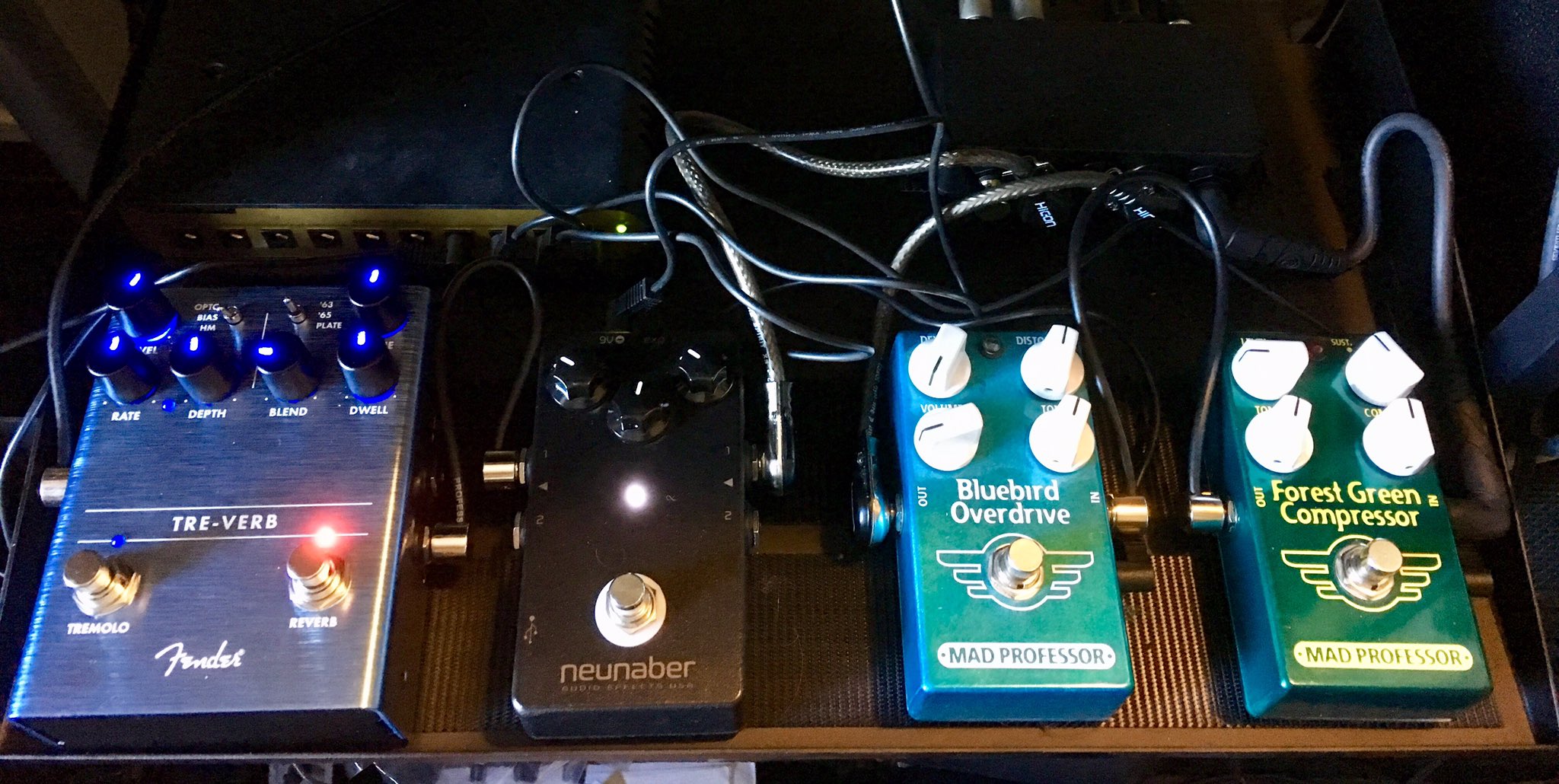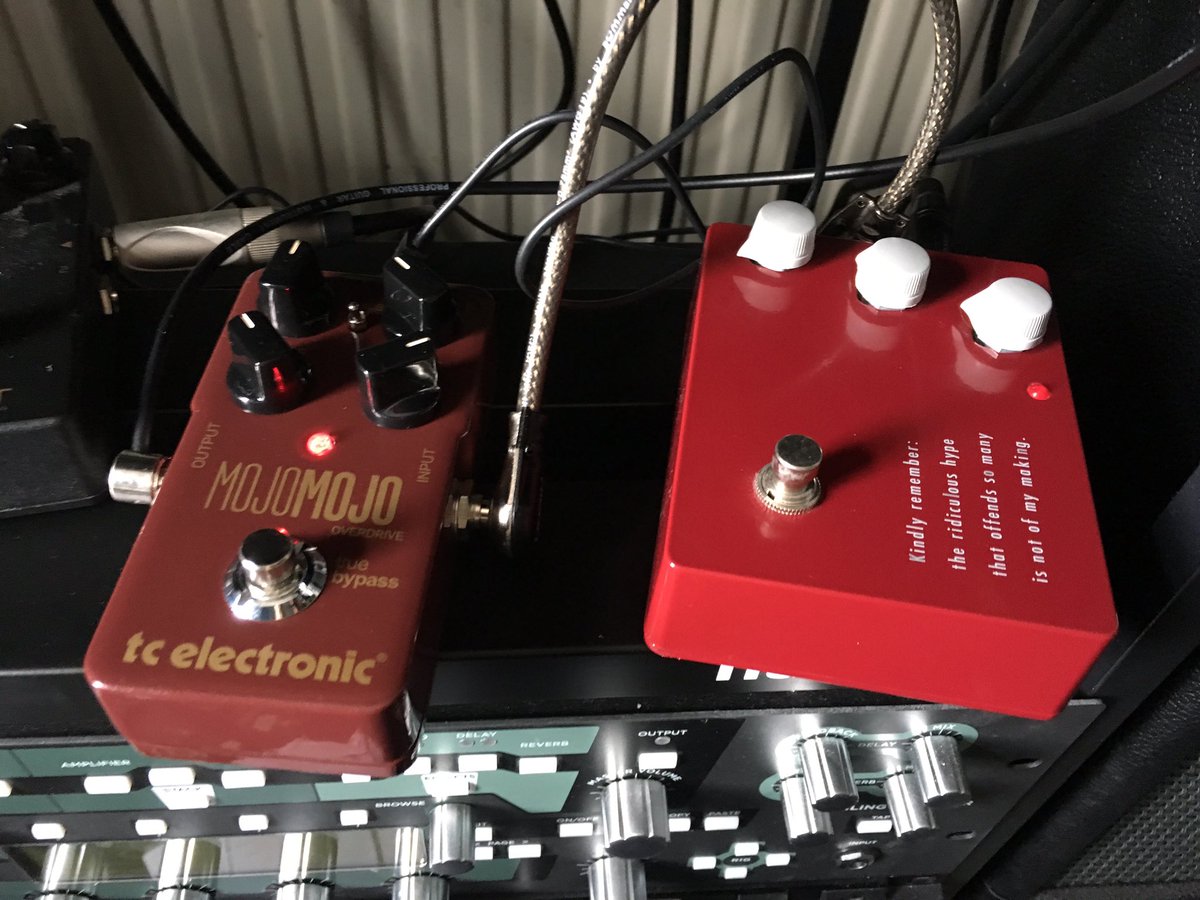My mind is on the upcoming acoustic gigs we’re doing. I haven’t gigged since 5th May 1992 (funny how that date has stuck in my mind). That’s so long ago, I’m effectively gigging for the first time.
I thought it’d be useful (both for me and anyone else looking to move out of the bedroom and onto any kind of stage) to talk about the gig, the rig, and any lessons that come out of actually doing it.
The Act
We’re starting off as a two-piece semi-acoustic act. Tess is on vocals, and I’m on guitar. Why have we gone for this format / approach?
Long and short of it … we’re hoping that it’ll be much easier to gig regularly as an acoustic act. It’s an act that scales down nicely to small venues / bars / cafes and the like. There’s a lot more of those than venues that can accommodate a five-piece rock machine with a live drummer.
The Guitars
The main guitar for our set will be my Fender Acoustasonic Telecaster. I’ll also be using my Taylor T5z during the set.
Originally, my Taylor T5z was going to be the main guitar for this band. I bought it back in 2017 exactly for that purpose. Then the Acoustasonic Tele came out, and that changed everything.
The AT simply sounds much better at the acoustic thing, thanks to the onboard Fishman modelling. And it’s eminently more replaceable should the worse happen at a gig.
But the Taylor isn’t completely out of the picture.
Seeing as I already have it, it’s coming along to be my backup guitar (just in case). And we’re using it for one song in the set. One of the songs requires an alternate tuning. During rehearsals, we decided that it’s too much faff to retune the AT, so we’re going with the T5z already retuned for that one song.
If we manage to land more gigs, I’ve already decided to get a second Acoustasonic Tele to be the backup / alternate tuning guitar. The set list and arrangements are all built around how the AT sounds and plays. It just makes sense to be able to have a like-for-like as the backup guitar … eventually.
The Amps
Here, I need to give a huge shout out to the wonderful folks over at AStrings. They let us come in for a couple of mornings and audition every single acoustic amp in stock, using our own gear. I’m so grateful that they did, because there was one amp in particular that stood out as perfectly suiting our sound.
We’re using a pair of Acus One 8 acoustic guitar amps.
These are 4-channel solid-state amps. Each channel has its own separate preamp controls. I’ve set one channel up for the AT, and a second channel up for the T5z. All I’ve got to do during the gig is remember to zero the channel volumes when switching guitars 🙂
We haven’t decided yet whether we’ll run Tess’s vocals through the same amp (which does sound great), through the 2nd Acus One 8 amp, or straight into the venue’s PA. We’ll sort that out on the night.
The main reason for having two Acus One 8 amps is to make sure we’ve got a spare with us.
Other Items
There’s a few other things I need to take along with me to the gigs: tuner, capo, and guitar picks. Oh, and instrument cables!
Atm, I’m using TC Electronic Polytune headstock tuner. I need to put a fresh set of batteries in before the first gig. And a spare wouldn’t hurt at all. If only they weren’t out of stock right now …
In the back of my mind, I’m wondering if I should be using a floor-based tuning pedal as well or instead? A floor-based pedal would also give me a kill switch. That might be useful.
Things I’m Not Using
For now, I’ve decided against putting together a pedal board for acoustic gigs. There’s a couple of reasons why.
My instinct is that I don’t want to be worrying about power-related problems at gigs. I just want to plug straight into the amp, and not be worried about finding somewhere to plug in the pedal board – or be worried about someone somehow unplugging it during the gig.
I’m open to the idea of using a small board with all the pedals running off batteries. Unfortunately, I haven’t found many pedals that run off battery and work with acoustic guitar tones. Especially compressors, which is the main effect I’m interested in.
With Brexit looming – and the likelihood of supply chains being disrupted for months afterwards – I probably need to make a final decision on this in the next couple of weeks. I might be better off getting the pedals that I can whilst they’re available, and then selling them on if I end up not needing them.
A pedal board that includes an acoustic DI box might also come in handy for travelling light – just guitar and nano pedal board.





